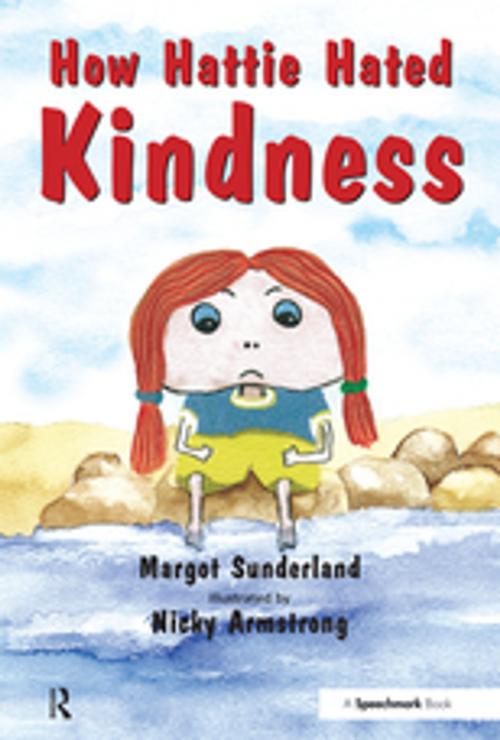How Hattie Hated Kindness
A Story for Children Locked in Rage of Hate
Nonfiction, Reference & Language, Education & Teaching, Special Education| Author: | Margot Sunderland, Nicky Hancock, Nicky Armstorng | ISBN: | 9781351706261 |
| Publisher: | Taylor and Francis | Publication: | July 5, 2017 |
| Imprint: | Routledge | Language: | English |
| Author: | Margot Sunderland, Nicky Hancock, Nicky Armstorng |
| ISBN: | 9781351706261 |
| Publisher: | Taylor and Francis |
| Publication: | July 5, 2017 |
| Imprint: | Routledge |
| Language: | English |
The titles in this extraordinary series are a vital resource. Nine practical guidebooks, each with an accompanying beautifully illustrated storybook, have been written to help children (aged 4-12) think about and connect with their feelings. These guides and stories enable teachers, parents and professionals to recognise the unresolved feelings behind a child's behaviour and to respond correctly to help. How Hattie Hated Kindness is a story for children locked in rage or hate: (A story for children locked in rage or hate). Hattie lives by herself on an island. She likes sharks, and crabs and stinging centipedes. She likes anything hard and spiky. Lots of people try to bring kindness to Hattie on her island, but each time she is very horrid to them, smashing and spoiling everything they try to do for her. So after a while they all stop coming to the island. Hattie is very alone. So she sits by the water's edge and tries to figure out why she hates love and loves hate. She thinks it must be because she is a very bad girl indeed. But the lapping water-over-her-toes helps Hattie to understand that because she'd been a very sad and frightened little girl in a too hard world, she had become hard too, so that the awful fear and the awful pain would go away. The lapping-water-over-her-toes helps Hattie to move from cruel to kind. In the end, Hattie builds a bridge to the warm and cosy world across the water.
The titles in this extraordinary series are a vital resource. Nine practical guidebooks, each with an accompanying beautifully illustrated storybook, have been written to help children (aged 4-12) think about and connect with their feelings. These guides and stories enable teachers, parents and professionals to recognise the unresolved feelings behind a child's behaviour and to respond correctly to help. How Hattie Hated Kindness is a story for children locked in rage or hate: (A story for children locked in rage or hate). Hattie lives by herself on an island. She likes sharks, and crabs and stinging centipedes. She likes anything hard and spiky. Lots of people try to bring kindness to Hattie on her island, but each time she is very horrid to them, smashing and spoiling everything they try to do for her. So after a while they all stop coming to the island. Hattie is very alone. So she sits by the water's edge and tries to figure out why she hates love and loves hate. She thinks it must be because she is a very bad girl indeed. But the lapping water-over-her-toes helps Hattie to understand that because she'd been a very sad and frightened little girl in a too hard world, she had become hard too, so that the awful fear and the awful pain would go away. The lapping-water-over-her-toes helps Hattie to move from cruel to kind. In the end, Hattie builds a bridge to the warm and cosy world across the water.















